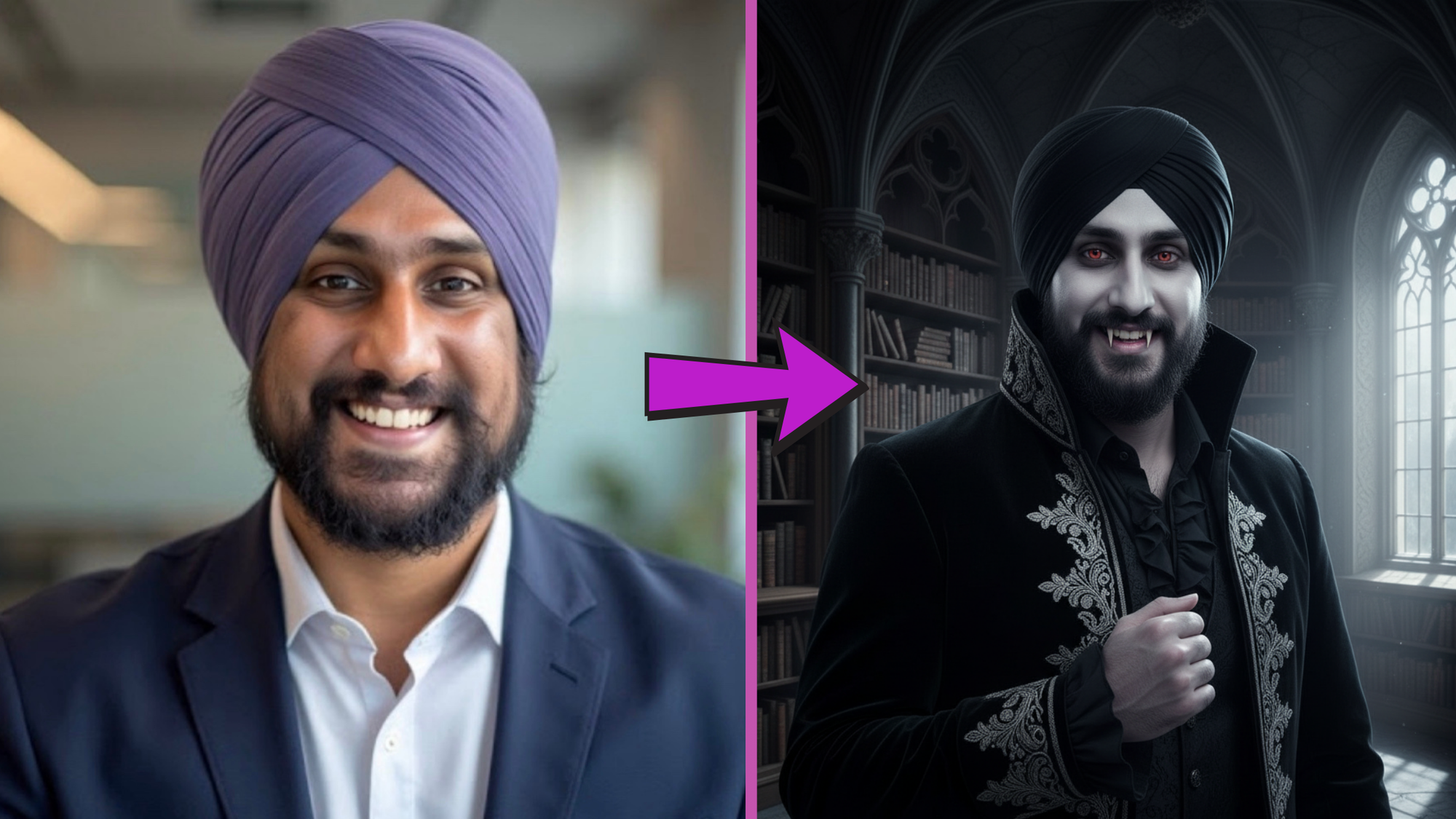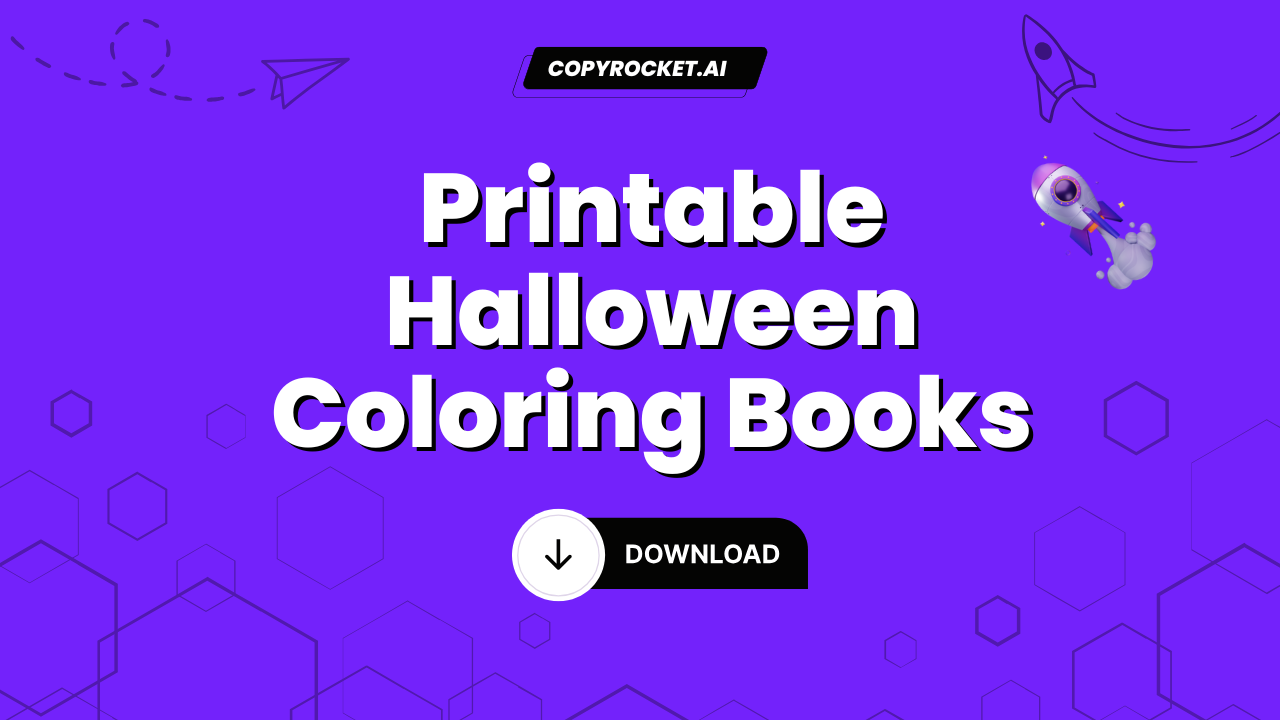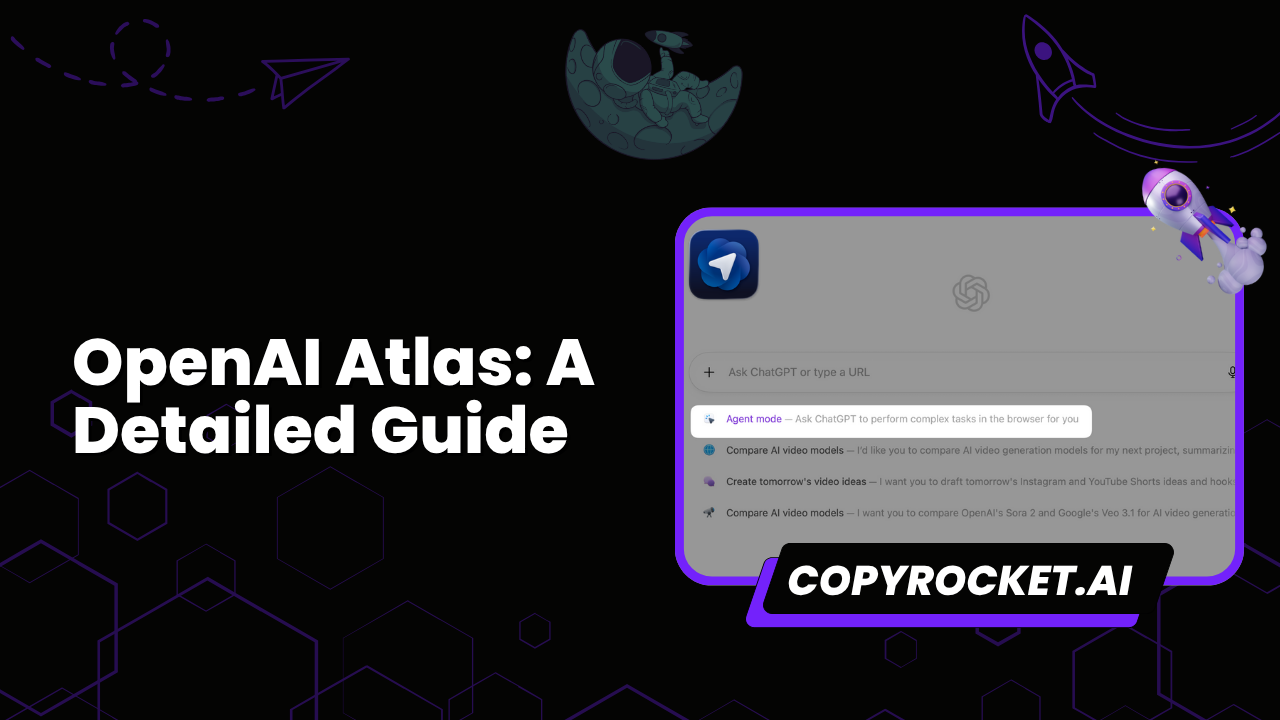Adobe’s Substance 3D Sampler introduces a groundbreaking feature known as Text to Texture, a tool designed to revolutionize the way textures are created for 3D objects. By merely inputting simple text prompts, artists and designers can now generate both photorealistic and stylized textures.
This innovative capability leaps forward in the creative and iterative processes, eliminating the conventional need for physical prototypes, extensive searches for suitable stock imagery, or time-consuming manual photography.
The Text to Texture feature is not just a tool but a gateway to unparalleled efficiency and creativity, offering an expansive range of possibilities for texture creation with ease and precision.
This section will guide you through the essentials of utilizing the Text to Texture AI tool within Substance 3D, ensuring you can fully leverage its capabilities to enhance your artistic ventures.
Checkout our Free AI Tool;
How to use Text to Texture In Substance 3D
To begin utilizing the Text to Texture feature in Adobe’s Substance 3D Sampler, follow these comprehensive steps:
Download the Beta Version: Ensure that you have the latest beta version of Substance 3D installed on your device. This version includes the necessary features and updates for the Text to Texture capability.
Open Your Project: Launch Substance 3D and open the project on which you intend to work. Navigate to the workspace and select the layer to which you wish to apply the new texture.
Access the Generative Features: On the left panel, find and click the “Generative” button. This action will open a new menu dedicated to generative texture creation.
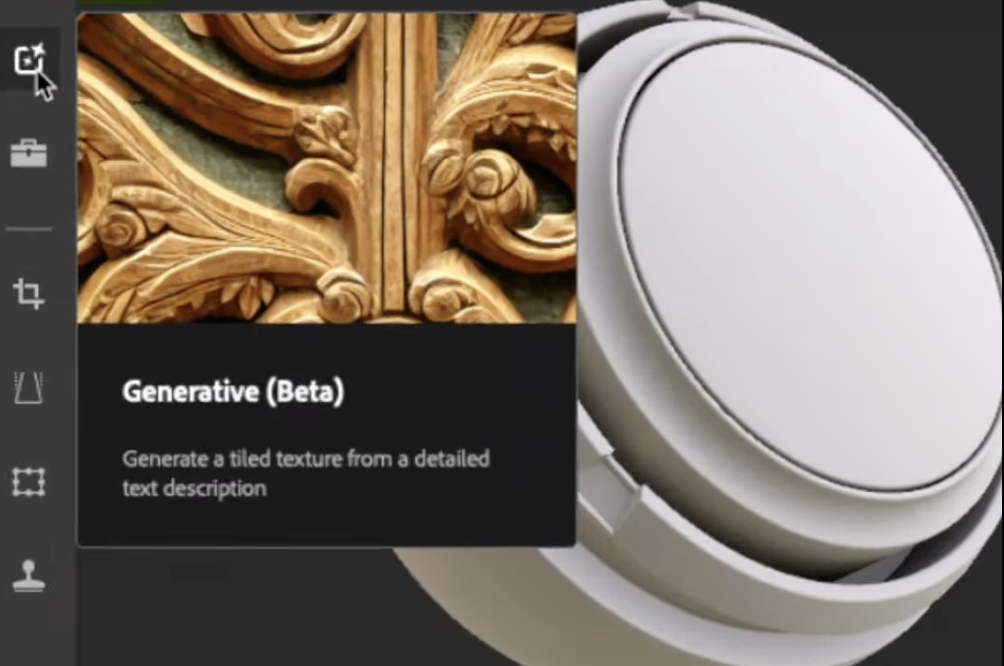
Select the Texture Type: Within the Generative menu, you’ll see options for various types of textures. Choose the one that best suits your project’s needs.
Input Your Text Prompt: In the provided field, enter a descriptive prompt for the texture you wish to create. For example, you can type “flat oak wood texture zoomed out” to generate a specific visual.

Generate the Texture: With your prompt input, click the “Generate” button. The AI will then process your request and create several texture options based on the provided description.
Select Your Preferred Texture: Review the generated textures in the “History” section.
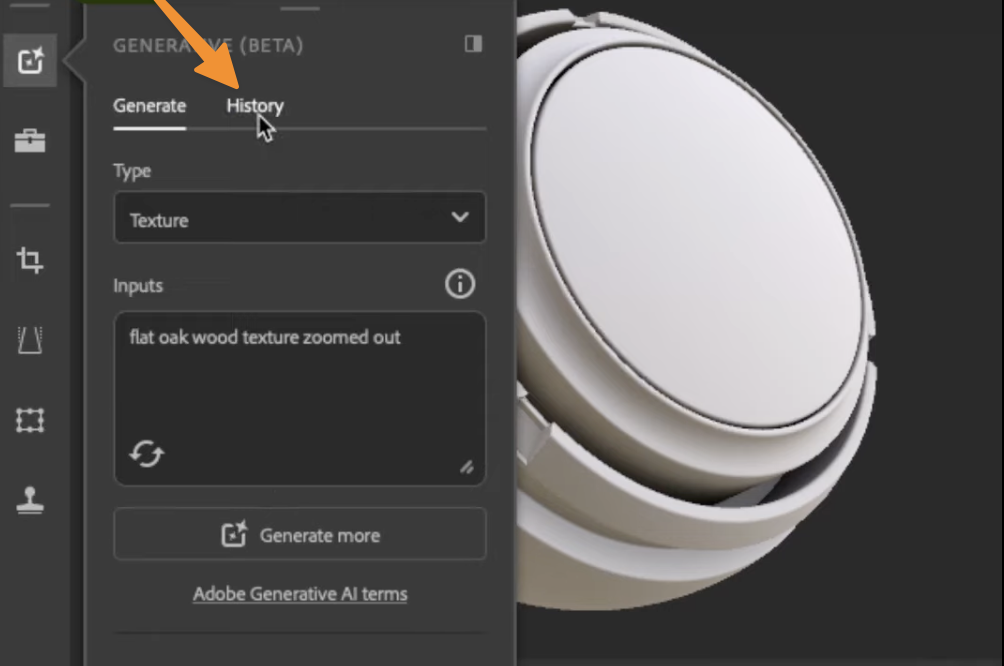
This area allows you to compare and decide which texture best aligns with your project’s aesthetics.
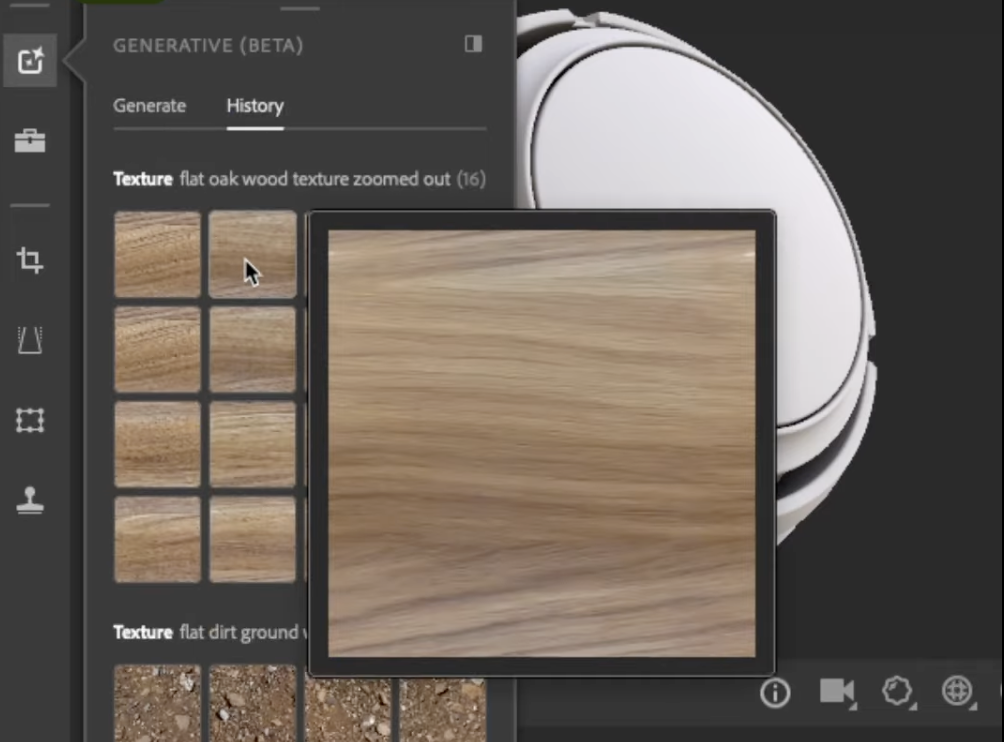
Add the Texture to Your Layer: Once you’ve selected your preferred texture, click on the “Add to Layer” button located below the chosen texture. This action integrates the texture directly into your selected layer.
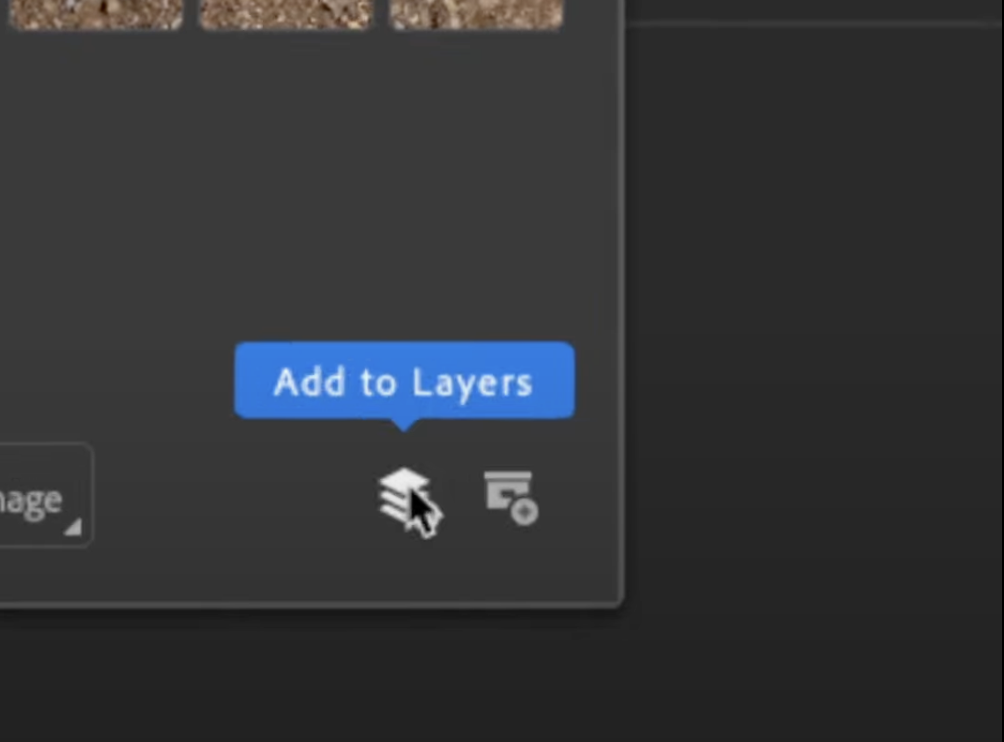
Finalize Texture Parameters: After adding the texture to your layer, a new option window labeled “Image to Material” will appear. Here, you can adjust the document size on the right side. Once satisfied with the settings, click on “Import” to finalize the texture incorporation into your project.
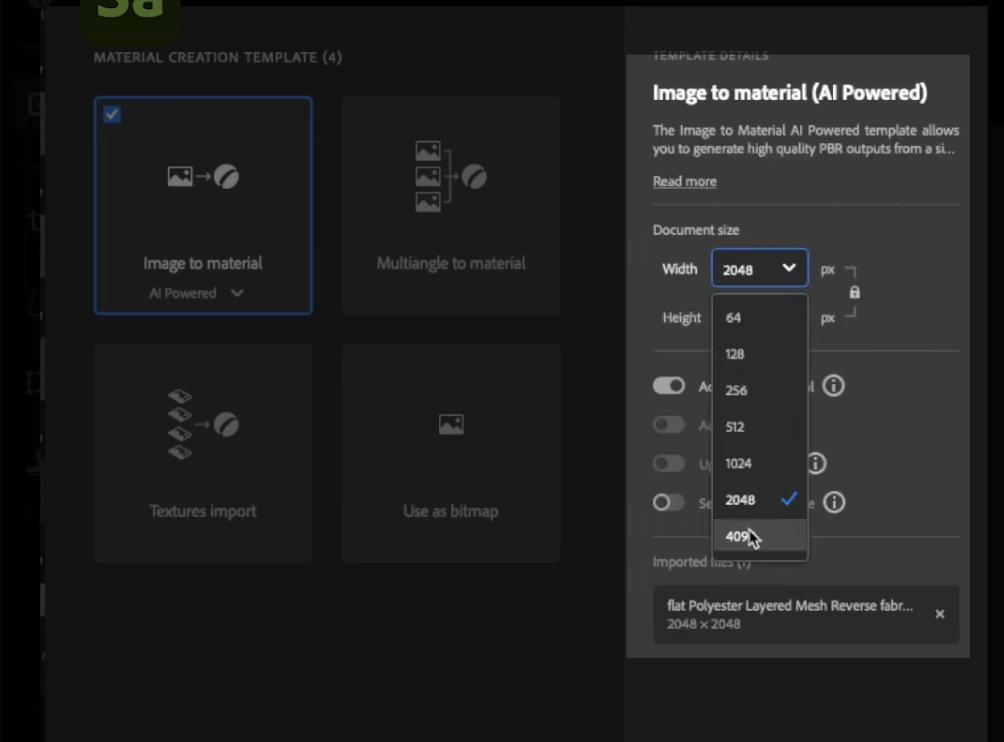
By following these steps, you can harness the power of Adobe’s Text to Texture AI tool in Substance 3D to innovate and enhance your 3D projects with ease and precision.
Frequently Asked Questions
Can I use the Text to Texture feature for any type of 3D project?
Yes, the Text to Texture feature in Adobe’s Substance 3D Sampler is versatile and can be utilized across various 3D projects, including gaming, animation, architectural visualization, and more. It is designed to cater to a wide range of textural needs, offering both photorealistic and stylized outputs based on your text prompts.
Is it possible to edit textures generated by the Text to Texture AI tool?
Absolutely. After generating a texture and adding it to your layer, you have full flexibility to edit the texture further. The “Image to Material” option offers numerous adjustment possibilities, including document size, color correction, and more, allowing for fine-tuning and customization according to your project’s specific requirements.
Conclusion
In conclusion, Adobe’s Text to Texture AI tool in Substance 3D Sampler presents a remarkable advancement in the field of 3D design and texture creation. With its ability to translate simple text prompts into detailed, high-quality textures, this tool opens up new horizons for creativity and efficiency in digital artistry.
Whether you’re working on video games, films, architectural visualizations, or any other 3D project, the Text to Texture feature enables a streamlined workflow and unprecedented artistic freedom. By integrating this innovative technology into your design process, you can elevate your projects to new levels of realism and stylistic expression.



